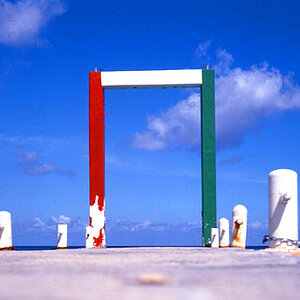arodrigz
TPF Noob!
Hi all, just picked up a new T3i and thinking about lenses. As I understand it, if I put and EF lens on a T3i I have to multiply the mm of lens by 1.6 because of the cropped sensor. Is this also necessary for the EF-s lenses?
So my kit came with the an 18-55 and 55-250. Are these as stated or is the 18-55 actually a 28-88 and the 55-250 an 88-400?
Thanks
Alex
So my kit came with the an 18-55 and 55-250. Are these as stated or is the 18-55 actually a 28-88 and the 55-250 an 88-400?
Thanks
Alex


![[No title]](/data/xfmg/thumbnail/31/31979-ea92aca54ae865842d998c9cec534991.jpg?1619735137)
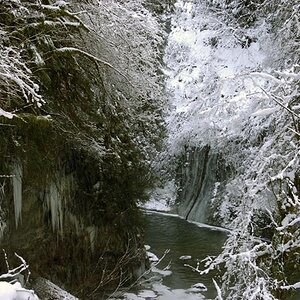
![[No title]](/data/xfmg/thumbnail/39/39290-dfb3e819bd94a7f30797638ae1ae27cf.jpg?1619738958)
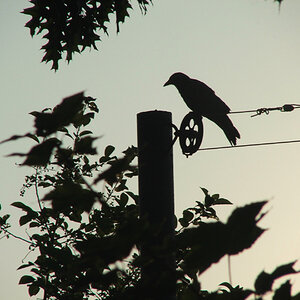
![[No title]](/data/xfmg/thumbnail/31/31977-2b717e032201241cbeae8226af23eba4.jpg?1619735136)
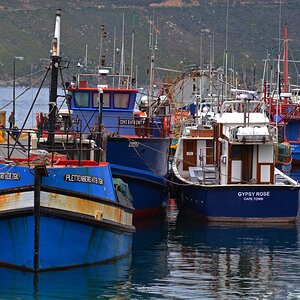
![[No title]](/data/xfmg/thumbnail/34/34064-66d345cd6eebe4b9f97597e03008d3b7.jpg?1619736260)
![[No title]](/data/xfmg/thumbnail/39/39293-55a527d2a9b287bf5e5b6d118abab22c.jpg?1619738958)
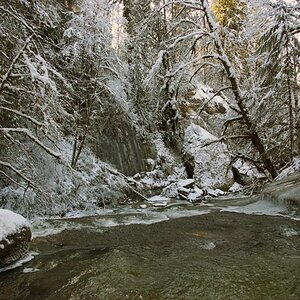
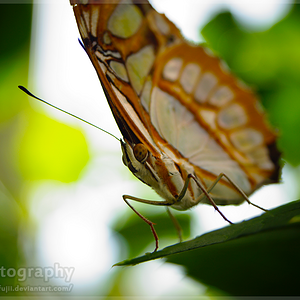
![[No title]](/data/xfmg/thumbnail/31/31978-02cde49248ebdf1b82fba5c899e08378.jpg?1619735136)
